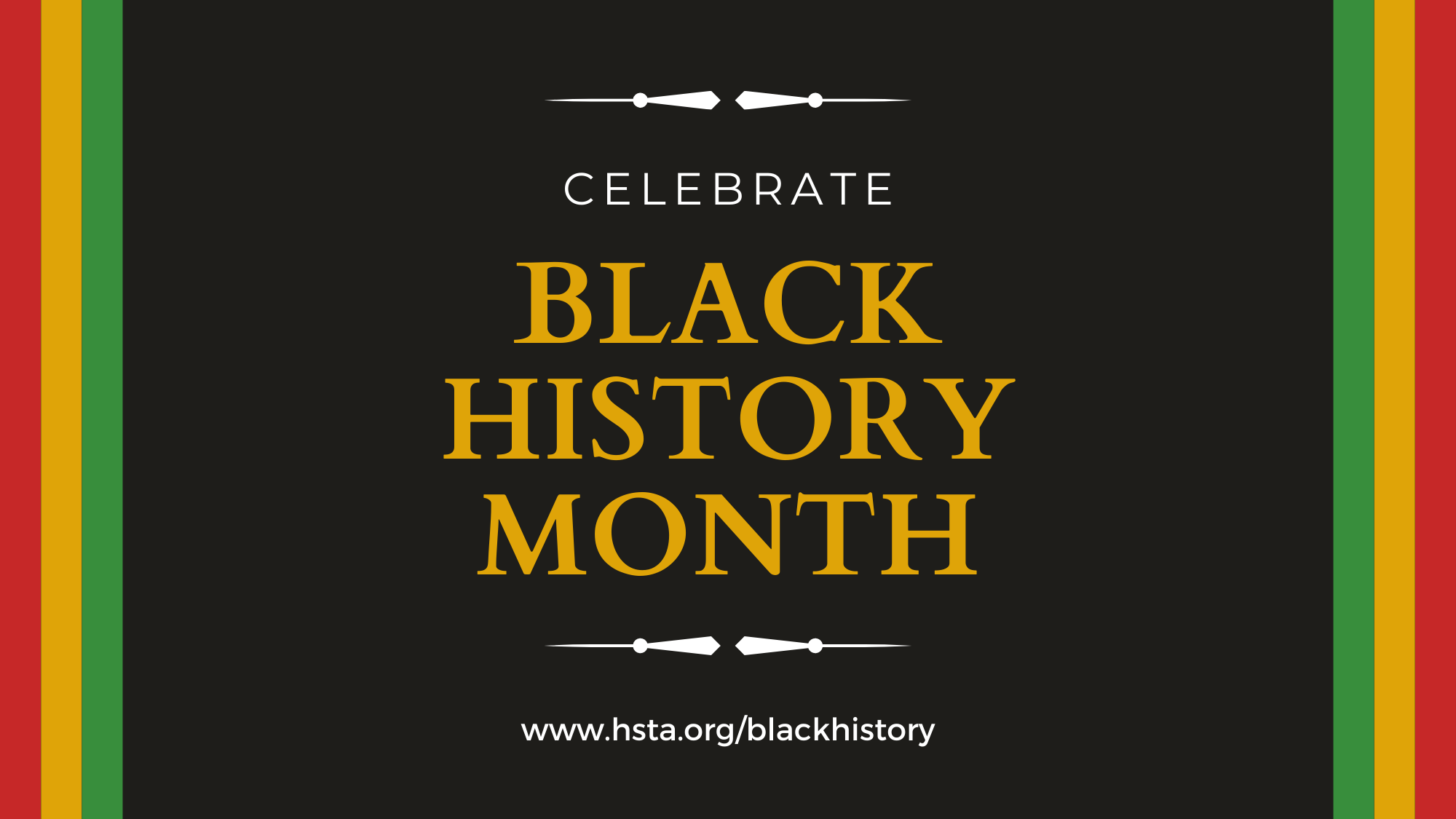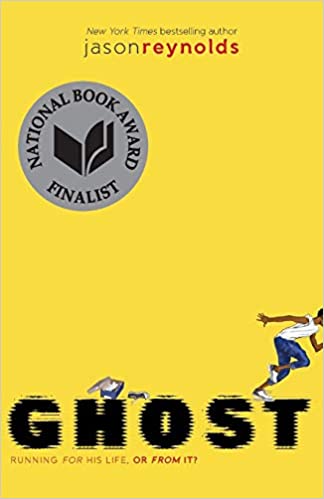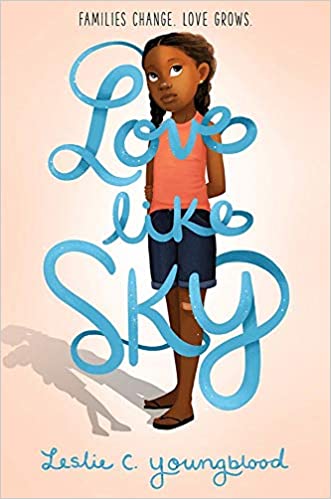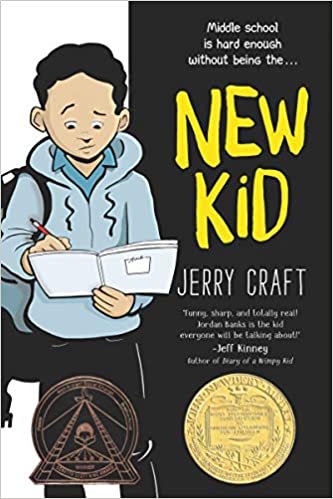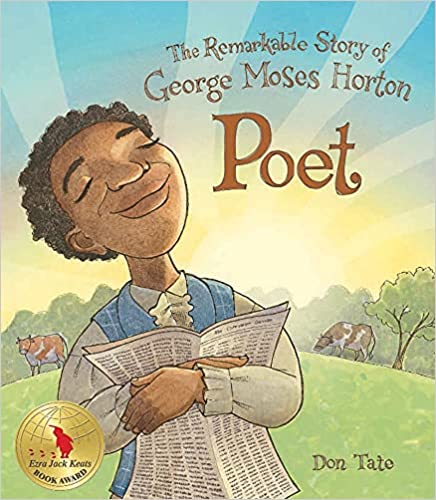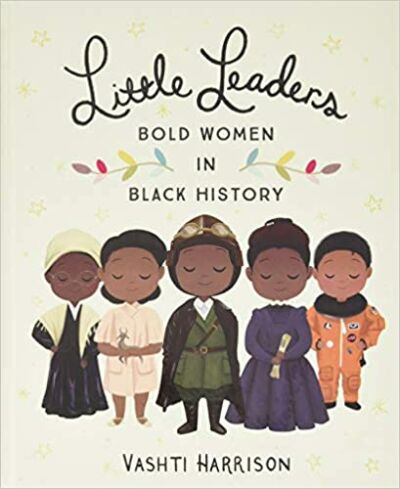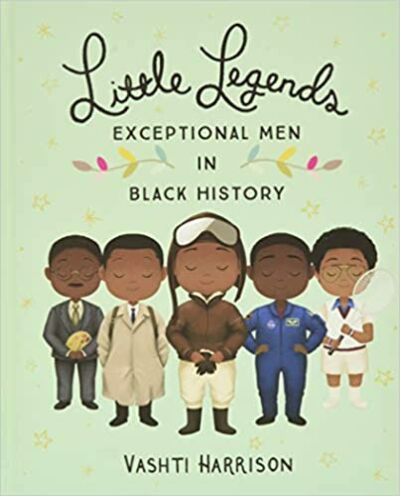Resources from HSTA’s Human and Civil Rights Committee
Updated: February 22, 2024
The Hawaiʻi State Teachers Association is proud to celebrate Black History Month in February.
In Hawaiʻi, approximately 3% of the population identify as Black or African American, either alone or as two or more races, according to the U.S. Census Bureau. Students in Hawaiʻi may go through school never having a Black teacher, or be familiar with Black history, experiences, and accomplishments. Our Black students may not see themselves fully reflected in their studies or school environment. We want to empower all educators to initiate discussions about Black Americans in their classrooms, and provide guidance, perspective, and understanding.
In 2022, the HSTA Human and Civil Rights (HCR) Committee held a virtual gathering to share and collect Black History Month resources. This page is a compilation of these shared resources.
Bookmark this page: www.hsta.org/blackhistory
Digital resources
Books
CNN10
CNN 10 is an on-demand digital news show that can be played in the classroom. It allows educators to connect what’s happening in the present with context from the past. For example, why were there riots following George Floyd’s death? You can have an open discussion with honest dialogue. Students come away with a better understanding of how they can advocate for themselves, contribute to society, and be agents for change. You can also encourage students to watch the local news with their families and bring a Hawaii-specific news story to class.
[Sample exercise] Choose two or more of these prompts to respond to:
- What are three facts you learned while watching today’s episode?
- Which was your favorite story and why?
- Name and locate a continent, country, state, or city that was mentioned in today’s broadcast.
- How do any of the events connect to your personal life?
Bringing current events into the classroom aligns with the Hawaiʻi Core Standards in Social Studies, which were adopted by the Hawaiʻi Board of Education in October 2018.
Additional links from the Hawaiʻi State Department of Education
Association for the Study of African American Life and History (ASALH)
ASALH’s mission is to create and disseminate knowledge about black history, to be, in short, the nexus between the Ivory Tower and the global public.
National Park Service: Black History Month
This National Park Service website introduces the reader to multiple primary and secondary resources that support Black History Month. Photographs, texts, letters, and other documents for students of all ages are available within the search engine.
Northwest/South Bronx: Black History Month
From the Northwest/South Bronx School Region in New York City, this megasite contains a multitude of teaching resources on Black history, authors, culture, heritage, and more for K-12 students. Includes many primary source documents and lesson plans.
BlackPast.org: Remembered and Reclaimed
This 2,500-page site is dedicated to providing reference materials to the general public on African American history in the United States and on the history of people of African ancestry around the world.
Brown v. Board of Education: Fairness versus Equality
The Education Department at Brown v. Board of Education National Historic Site strives to provide quality curriculum-based resources and activities for educators and parents. Information is available related to the Brown v. Board of Education U.S. Supreme Court case, the Civil Rights Movement, education, African American history and cultural and social justice.
Center for Civic Education: Black History Month
The Center for Civic Education, whose work in the realm of civics education and learning has been translated into more than 80 languages and has served more than 30 million students, has lessons and resources for all grades for use when studying African American history.
Education World
Education World has a plethora of activities and links, mainly for elementary-level learners.
Facing History and Ourselves
Facing History seeks to heighten students’ understanding of racism, religious intolerance, and prejudice. Included on their website is a host of materials on African American history, the Civil Rights struggle, as well as on racism, antisemitism, and prejudice.
The Gilder Lehrman Institute of American History
Contains learning modules on major topics in American history including a succinct historical overview, learning tools including lesson plans, quizzes, and activities, and recommended documents, films, and historical images.
Library of Congress
Library of Congress resources for teaching black history and culture. Includes ex-slave narratives and a tribute to jazz and its origins.
The National Archives
The repository for millions of documents and pictures of our nation’s history. There are many links to African American History Month primary sources.
National Education Associations (NEA)
Black History Month lessons and resources, adaptable for different grades. Includes strategies for integrating African American history and culture into your curriculum.
Reading Rockets
From the U.S. Department of Education, Reading Rockets offers resources and strategies geared to the struggling reader on a variety of fun and interesting topics suitable for many grade levels.
Smithsonian’s National Museum of African American History and Culture
The museum’s education website is a wealth of topics of interest to educators. It contains a large selection of educational material for various ages on the African American experience. Lesson plans are also included.
United States Census Bureau
This website of the United States Census Bureau’s newsroom hosts links to many statistics and facts that have been gathered by the U.S. Census bureau’s surveys. Information on population, education, employment, veterans, and other categories of statistics about African Americans are provided.

